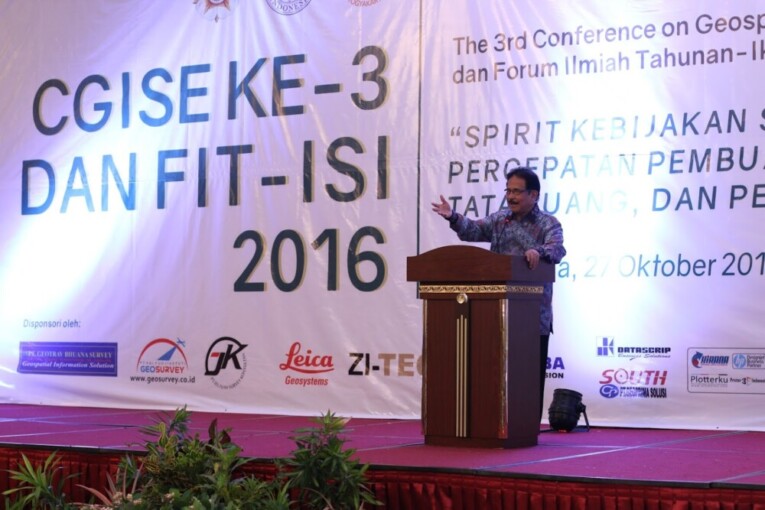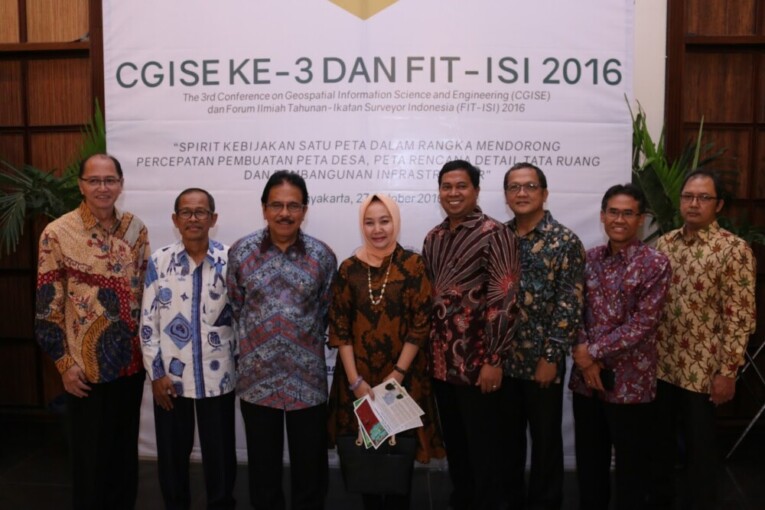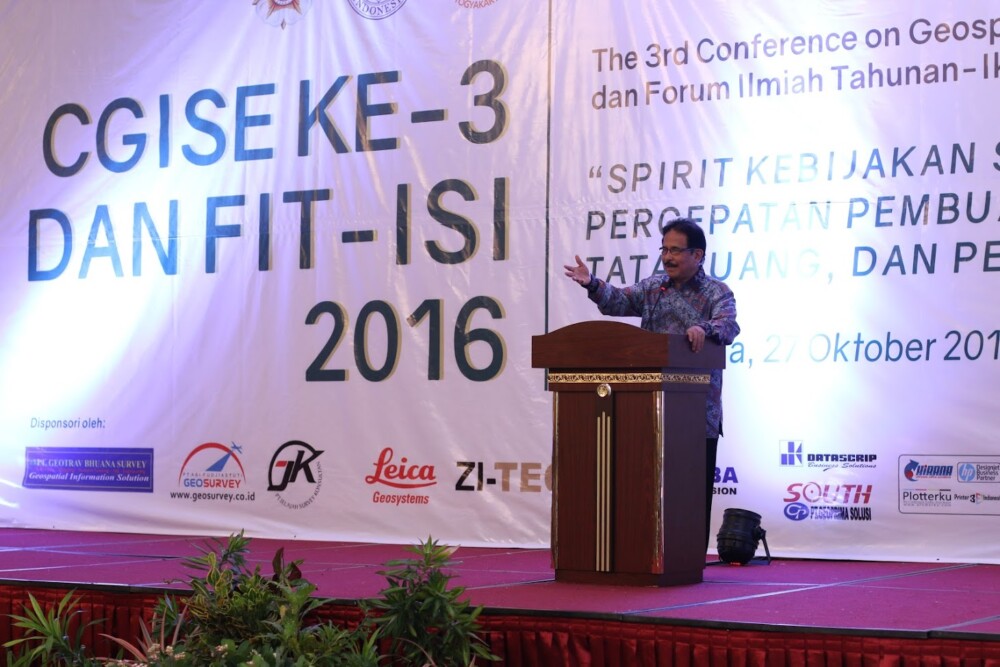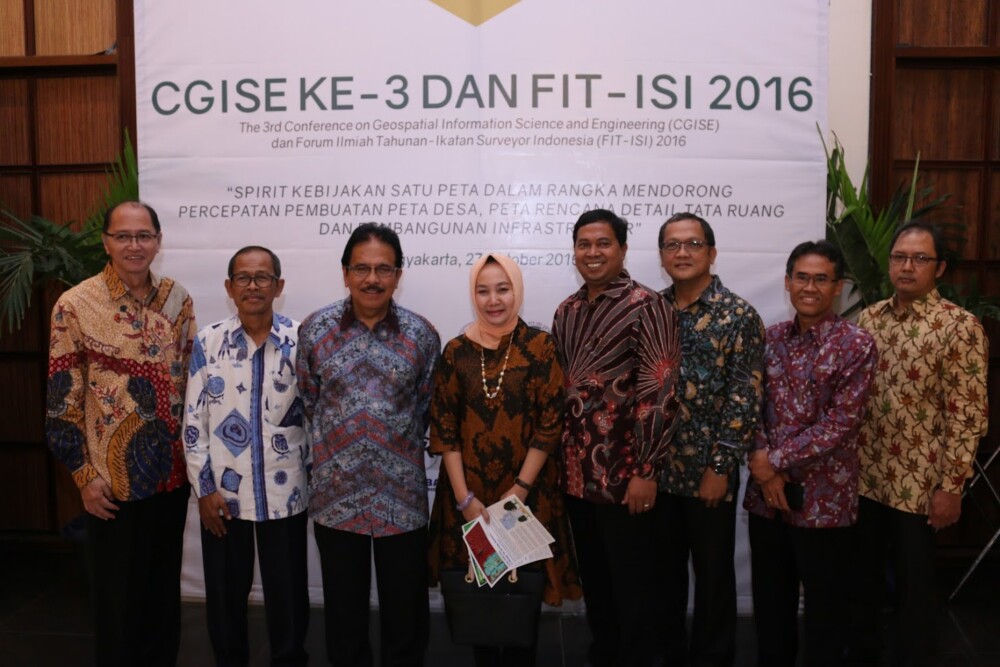Case of knock often happens to Otto ignition motor. The sound like a collision comes from explosion in auto ignition which is misfired in the combustion chamber. To date, knock is still the main problem in improving power and efficiency.
“Knock causes loss of power, inefficient fuel, and over heating that can damage the machine, which has to be prevented from happening,” said Augustinus Sujono in his doctoral promotion on Thursday (27/10) at Faculty of Engineering UGM.
One of the efforts to overcome a knock, according to Augustinus, is the setting of ignition. The higher the angular ignition will increase the pressure in the combustion chamber, hence increasing the machine power. But, if the angle is too big, knocks will occur.
In his research, Augustinus developed the detection and identification method of knock based on the patterns of machine vibrations that is a series of process of machine sound detection with microphone sensor, filtering using active HPF, making of envelope function, normalisation, regression, and identification/classification with distance measurement to reference.
“This new method is expected to be more reliable and cheaper because the microphone sensor is installed far from the machine block, so it is not affected by the heat and is durable,” said the lecturer in Electrical Engineering from UNS Surakarta.
The method starts with recording process, sound signal filtering and mix of the signals with ignition signals that is used as a benchmark of every ignition cycle. The ignition signal is also used for normalisations standard of sound signal in each cycle.
The result of the setting of optimum ignition angle showed the increased power is 19.26%, whilst decrease in specific fuel consumption or efficiency increased by 15.02%.
“With this new method based on patterns identification, detection and identification of knocks can be done with microphone sensor and is able to increase the power and efficiency of Otto fuel as well as to prevent a knock,” said Augustinus.
He said that this method has opened for insights on knock measurement system without the need to measure, or dimensionless knock pattern measurement. He suggested further improvements for automatic self-diagnose and self-tuning if the condition changes in real time.






